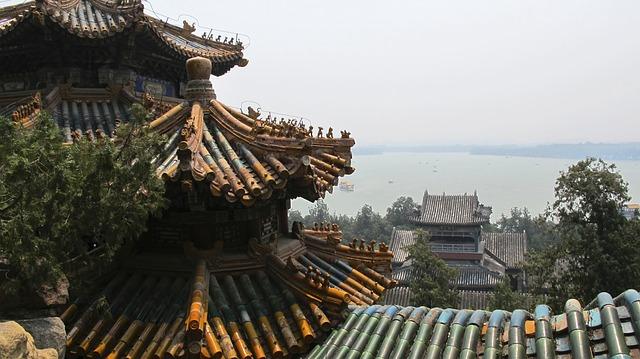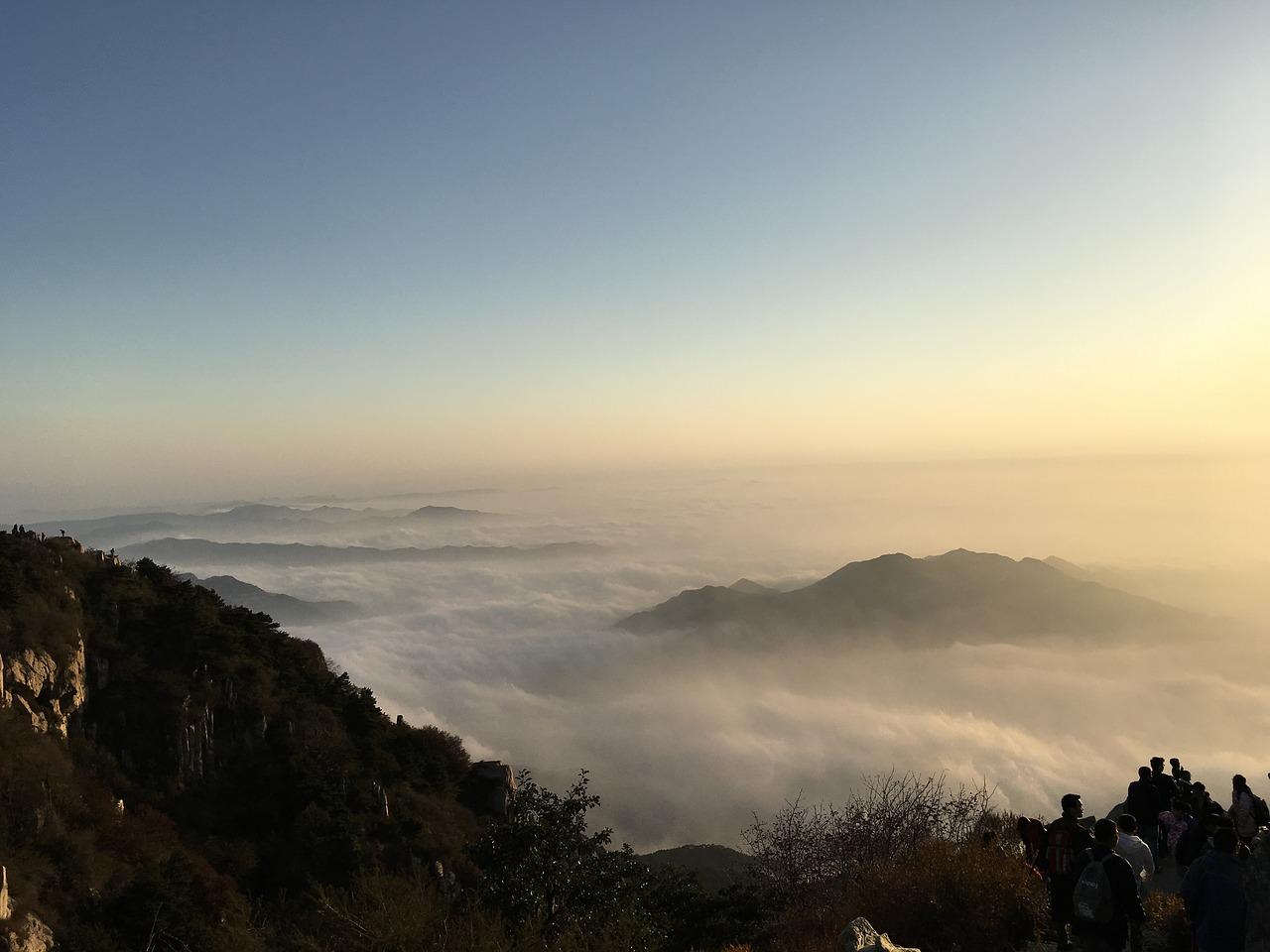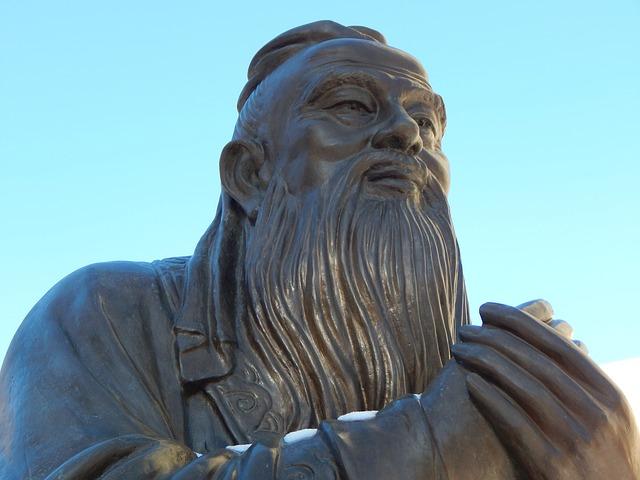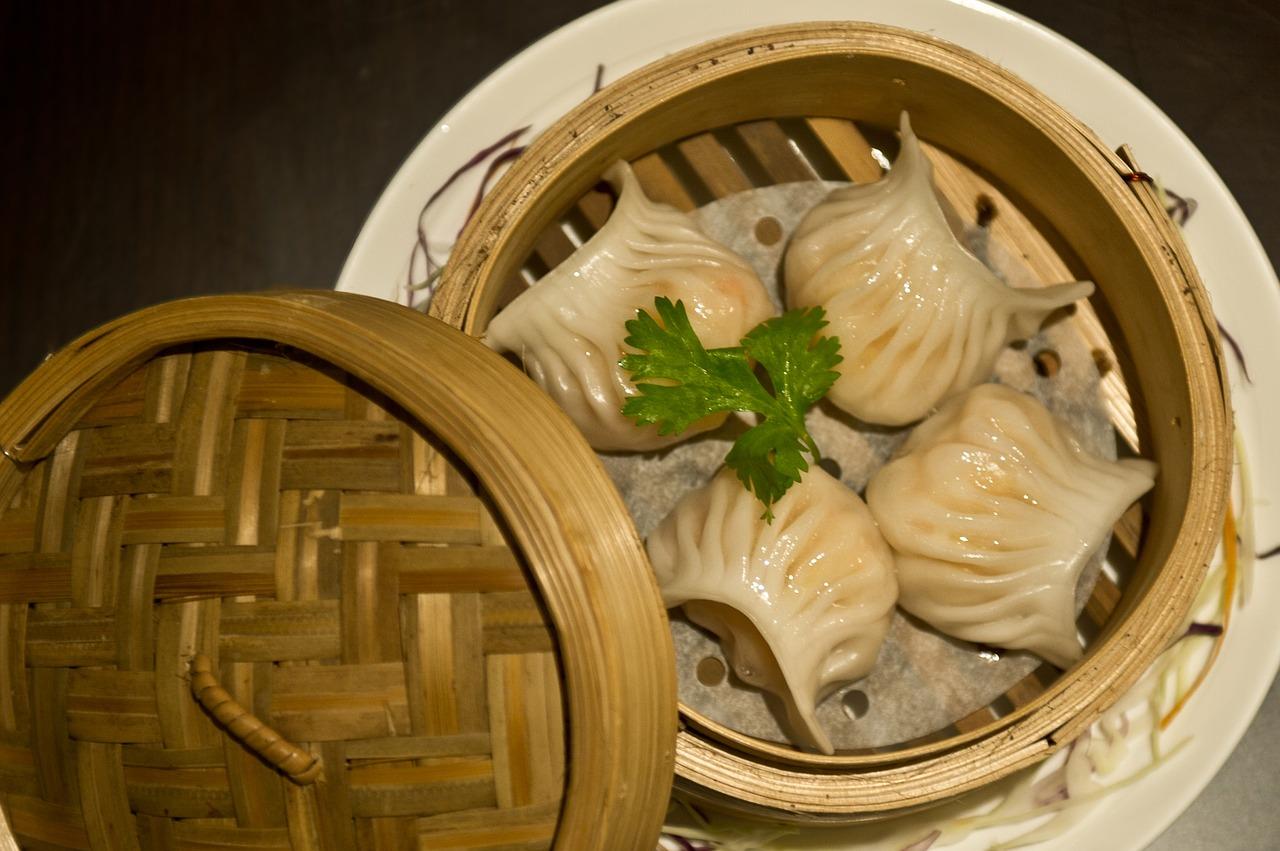School History Trips To Beijing, Mount Tai & Qufu
An inspirational history trip covering mighty imperial sites, China’s most sacred mountain, and the birthplace of Confucius!
Make sure you don’t miss Beijing, Mount Tai and Qufu and use our tailored itinerary, built for teachers with history learning objectives in mind.
Highlights
Visit the Forbidden City palace complex
Confucius's Temple, mansion and tomb in Qufu
The iconic landmark of Tiananmen Square
Walk along the Great Wall of China
Warwick SchoolThank you so much to all at Travelbound for making the trip such a very great success. The itinerary was incredible and the organisation the best that I have ever known on a school trip.
Suggested itinerary
What's included*
*Visa costs not included in price
Recommended excursions
It was here on October 1st 1949 that Chairman Mao Tse-Tung announced the founding of the People’s Republic of China to the world. Built during the Ming Dynasty the square is named after Tiananmen Gate, which lies to the north. It’s the third largest of its kind in the world and a significant cultural landmark with the People’s Heroes monument in the centre.
This palace lies at the heart of Beijing and was the home of the emperors for over 500 years. Completed in 1420, it is the biggest palace complex in the world covering 74 hectares. Surrounded by a 52m-wide moat, it’s an adventure to explore the labyrinth of rooms, halls and gardens with magnificent decoration and rare curiosities throughout.
Situated just outside Beijing, the Summer Palace is the grandest and most well preserved park in China. Construction began in 1750 on these luxury gardens for the royal family, and gradually they have been developed into the magnificent expanse of lawns, streams, bridges, secret gardens and pavilions scattered across the shores of the Kunming Lake.
Considered to be one of the wonders of the world, the Great Wall today was built in Ming Dynasty and is over 6,000 km long. An amazing feat of defensive architecture, intended to protect the Chinese Empire from invaders, it winds a path over rugged country and steep mountains. Sections within easy reach of Beijing have been restored so that visitors can walk on the wall and see the watch towers.
Once used by emperors in the heaven worship ceremony, the temple park in Beijing is now one of the grandest examples of China’s sacrificial buildings. First built in 1420, the temple has been enlarged and rebuilt by both the Ming and Qing dynasties. At the heart of the Temple is the Hall of Prayer for good harvest, where the Emperor requested good harvests in his divine capacity as the son of heaven.
Mount Tai is a Cultural and Natural World Heritage site and the most famous sacred mountain in China. Worshiped since the neolithic period, the rock mass rises to 1,545m creating one of the most beautiful landscapes in China. The temples, inscriptions and relics are a source of inspiration to scholars and artists, having major impact on China’s culture.
The family estate of the great philosopher and politician of the 6th-5th centuries BC is the largest of its kind in Chinese history. The sprawling residence comprises over 250 buildings, with historical examples of luxury interiors, exquisite decorations and precious cultural relics. The cemetery’s botanical gardens have trees that are so rare, their proper names are still unknown!
The ancient art of Chinese calligraphy is still widely practised and respected in East Asian culture. It’s about capturing life through traces on silk or paper, a dynamic technique prized for both its aesthetic and expressive qualities. Students take part in a lesson by a skilled calligrapher, and keep their finished sheets as a memento to take home.
Confucianism is an important philosophical system originating in the teachings of the Chinese thinker Confucius. The concepts are based on humanism and focus on the family and work over gods and the afterlife. The lecture is an excellent way to help students understand how China’s modern culture has been shaped by Confucius’s ideology.
Dumplings (Jiaozi) are a major part of Chinese New Year fair, but enjoyed all year round. They’re made by filling thinly rolled dough with ground meat and vegetables and are usually eaten with a soy vinegar dipping sauce. They’re always popular with the students, so it’s great for them to learn how to make such a simple and versatile dish.










Typical accommodation

Why groups like it:
Facilities:
Learning outcomes
Subject focus
Students can:
- Understand the rise of communism in China, its development and its influence today
- Explore changes and continuities between imperial and communist China
- Think about historical events in China and the influence they’ve had on the rest of the world
- Understand Chinese religious beliefs throughout history
- Explore the philosophy of Confucius and its influence on Chinese culture
Student outcomes
Students will have had an opportunity to:
- View a wide range of sites and monuments commemorating China’s history
- Learn how monuments’ meanings change over time in the light of changing attitudes and events
- Understand the importance of the fall of the empire and the Chinese revolution, and their effect on the rest of the world
- Gain awareness of 20th-century history, the downfall of the emperor, the impact of World War II and the effects of communism
- Ascend one of China’s five sacred mountains, Mount Tai, and understand its historical and religious significance
- Gain a better understanding of Chinese culture, religions and philosophy
Related tours
Berlin has been at the centre of many key events in modern European History: WWII, The Cold War, the Fall of Communism and the reunification of Germany.
On a school History trip to Berlin, students can visit Berlin’s key historical sites that relate your teaching to subject-specific learning objectives such as WWII history and Cold War studies.
Your school History trip to Berlin will help your pupils develop an understanding of post-war Berlin and the context of the Cold War. They’ll get first-hand experience of the impact that the division of the city had and a deeper understanding of tensions that escalated between the East and West superpowers leading to the Cold War period.
Our excursions will touch upon historical concepts such as socialism, communism, ideology, propaganda and international conflict.
Connecting with history
With emblematic monuments such as the Berlin Wall Memorial, Checkpoint Charlie and the Tränenpalast, students can:
- analyse how heightened tensions between USSR and USA powers translated into physical boundaries
- explore how Berlin as a city encapsulates the antagonism between the communist and capitalist ideologies
- picture how this spatial division resonated within the divided German population and how this affected their lives
- give pupils perspective on concepts such as freedom of movement and fundamental liberties, and how these were challenged at the time
A personal perspective
A school History trip to Berlin will provide insights into how the German population lived during the Cold War. This will be explored interactively at the DDR Museum and Stasi Museum, with students:
- touching, holding and engaging with a range of objects and installations within the museum
- getting practical knowledge about the everyday life of the German population in the DDR and the realities of life under socialism
- understanding historical concepts such as continuity and change, similarities and differences
Take learning outside the classroom for your Key Stage 3 and 4 students and prepare them with critical analysis skills, practical case studies and real-life examples for their GCSEs.
With Travelbound, we can customise your trip to fit any learning requirements.



